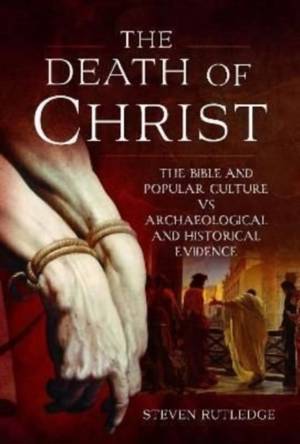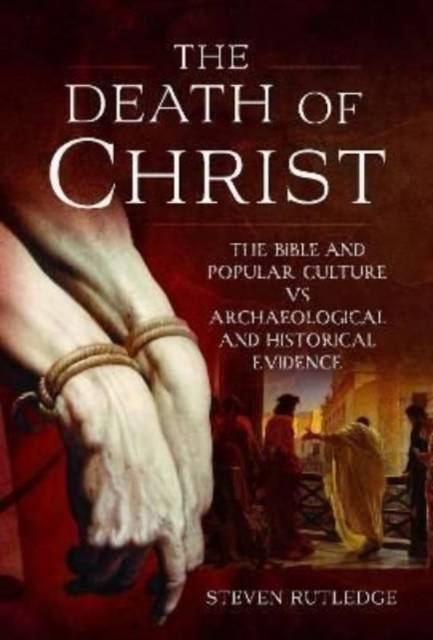
- Retrait gratuit dans votre magasin Club
- 7.000.000 titres dans notre catalogue
- Payer en toute sécurité
- Toujours un magasin près de chez vous
- Retrait gratuit dans votre magasin Club
- 7.000.000 titres dans notre catalogue
- Payer en toute sécurité
- Toujours un magasin près de chez vous
The Death of Christ
The Bible and Popular Culture Vs Archaeological and Historical Evidence
Steven Rutledge
Livre relié | Anglais
30,95 €
+ 61 points
Description
What was the world like, and what was going on in it, around the time of Jesus' death? This study examines this very question, and also seeks to place Jesus in his larger historical context, as a non-citizen resident of the Roman Empire living in Judaea and Galilee in the 20s and 30s AD. The book explores the larger background and context to some of the major power-brokers of the Roman Empire in Jesus' day, including the emperor Tiberius, his ambitious Praetorian Prefect Sejanus, Judaea's governor Pontius Pilate, and the client king who governed Galilee, Herod Antipas. It further explores some of the larger historical and cultural context and background of some of the characters who parade through the gospel accounts, including the treacherous informant Judas Iscariot, the tax collector turned apostle, Matthew, and the gruff centurion whose servant Jesus was said to have healed. The study also considers the nature of Jesus' radical resistance to the Roman Empire, and seeks to contextualize it through comparison with other resistance movements. Attempts to recover the historical Jesus have sought to put him in his immediate context of ancient Galilee, Judaea, and the Jewish community to which he belonged. Instead this book gives the Roman historical background to the time and place of his ministry and death. Cast into relief against the much larger picture of the greater Roman world of which he was a part, the ministry of Jesus is quite radical indeed.
Spécifications
Parties prenantes
- Auteur(s) :
- Editeur:
Contenu
- Nombre de pages :
- 272
- Langue:
- Anglais
Caractéristiques
- EAN:
- 9781399088770
- Date de parution :
- 21-09-22
- Format:
- Livre relié
- Format numérique:
- Genaaid
- Dimensions :
- 150 mm x 230 mm
- Poids :
- 476 g







